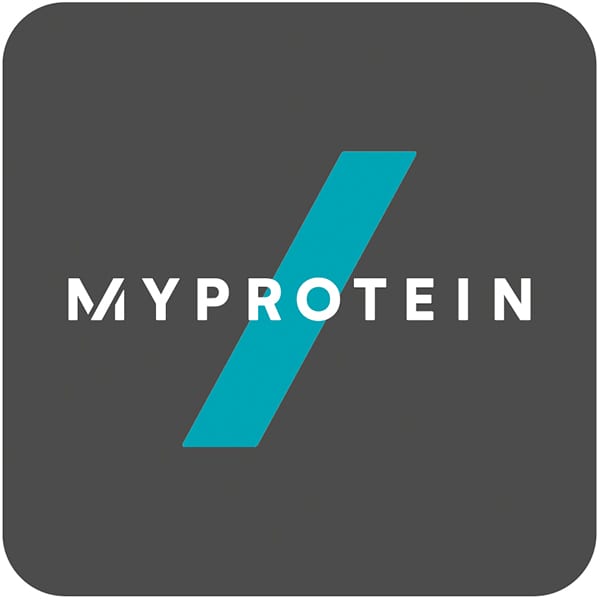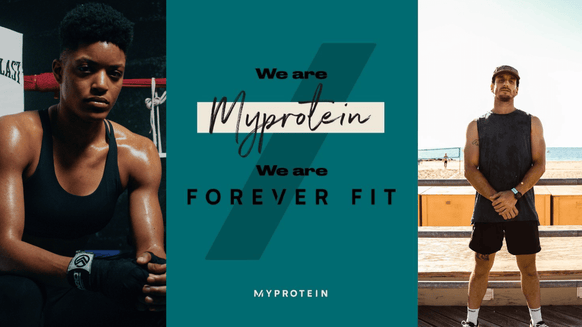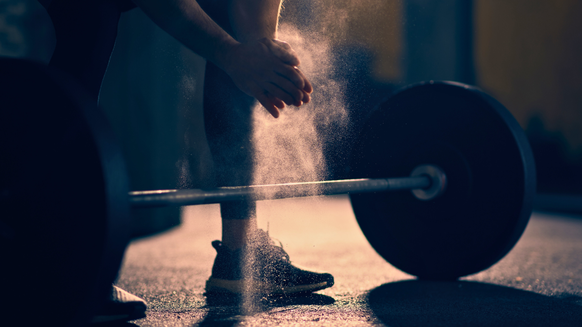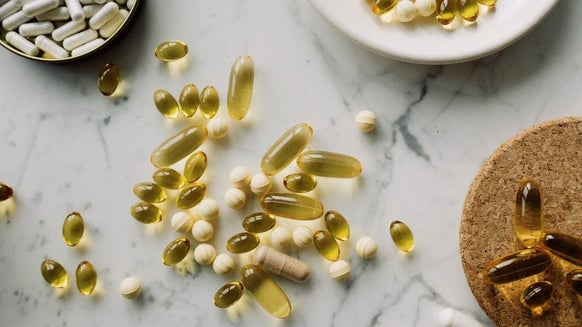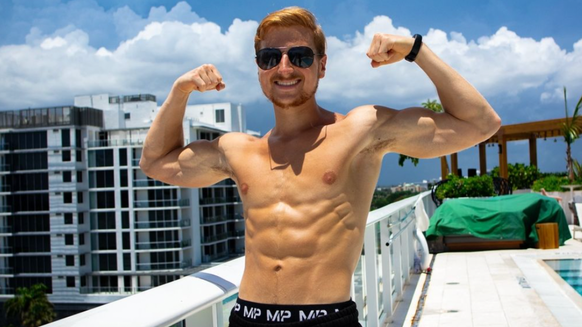When it comes to competition, physique athletes will commonly classify this period as ‘on-season’ and a rigorous training and nutrition ‘prep’ will be conducted. This prep phase typically lasts from 12-20 weeks, and is when the athlete will do what is required in order to achieve the ideal physique in line with their competition guidelines. For most athletes the goal during this time is to showcase the years of hard work that has gone into developing their physiques, which involves achieving the lowest body fat possible. This is a common requirement for most competitions as it represents the true conditioning aspect that these athletes can achieve while better showcasing lean muscle mass. Throughout this ‘prep’, many athletes will speak about ‘peaking’, meaning they want to be at their best for the end of prep phase. Due to the extreme look they need to achieve for their given event or competition the results cannot be maintained long-term, so reaching their goal on time, but not too soon is very important.
As you can imagine this requires detailed nutrition programming and expertise to get that right. This article will look at the fundamentals of getting the ‘prep’ and ‘peaking’ phases for these athletes correct. For most athletes a consistent calorie deficit will be required throughout the prep, along with a focus on retaining as much lean body mass (LBM) as possible during this time. Therefore their nutrition should be tailored to reflect this throughout the entire prep. Let’s break it down into more detail.
Energy Balance
Throughout a physique athlete’s prep they will be needing a calorie deficit to reduce body fat levels. Current body fat levels tend to dictate how long athletes will need to be in this calorie deficit, and thus the length of the prep. Many recommendations suggest that a 12-16 week is best, while some say 16-20 weeks. There are no set rules to this and it is highly individual to the athlete and their starting point. Many athletes will find that over time and more prep, this period can be reduced. So novices to the sport may require longer preps initially.
An important point that must be understood is that the lowest calorie deficit should be used in order to retain as much lean body mass as possible – this is of top priority to a physique athlete. We know that the rate of weight loss is directly related to the size of the calorie deficit used. Research also shows that the lower the caloric intake the increased chance of losing more LBM. This is why preps should be slow and controlled as this appears to be more effective for physique athletes.
The starting point is to then calculate your required caloric intake to start fat loss. Of course the caloric intake will need to be adjusted throughout the prep stage due to changes in bodyweight and metabolic adaptation that can occur. These changes to caloric intake should be small and gradual, ranging from around 100-200 kcals at a time. Remember - the goal is to create the smallest caloric deficit required for progress.
This caloric deficit is therefore the key factor at play when it comes to these athletes achieving low levels of body fat. Consistency during the entire prep is a must. Despite the best efforts to reduce lean tissue loss on a reduced caloric intake, it is still likely to happen. The leaner the athlete gets then the more likely they are to suffer a loss of LBM. Strength and hormone levels are key indicators of this occurring, and it may therefore be beneficial to track these throughout the prep.
Refeeds
With time, a low carb or calorie diet can lead to a reduction in metabolic rate, thyroid hormone output, sympathetic nervous system activity, reproductive hormones (testosterone and oestrogen) and much more. This is when the inclusion of a planned and structured ‘re-feed’ (or classically known as a cheat meal) can be of benefit to the dieter.
A re-feed meal or day should be put in place if the athlete is consistently under eating on a daily basis to provide the body with a break from reduced calorie intake and to reduce any fat loss plateaus. It can also provide them with a short break to their fat loss efforts and offer increased variety in the diet.
Here are some pointers when setting up a re-feed during fat loss:
+ A re-feed meal or day should be when the athlete eats above maintenance level in calories, so in a calorie surplus. It’s recommended to keep calorie intake on these days to roughly 1.5-2 times what the normal caloric intake is set at. For example, if the athlete is eating 2000kcals per day for fat loss, don’t go above 4000kcals for a re-feed.
+ The re-feed should be kept to one 24 hour period and then normal dieting continues. A re-feed can occur between every 3 days right up to once only every 14 days. Guidelines for this are: -
- - 20%+ body fat levels – no re-feeds required
- - 10-20% body fat levels – once every 7-14 days
- - Sub 10% body fat levels – every 3-7 days
+ This isn’t an excuse to eat extra calories from all junk food – it should be a continuation of the normal diet, but just more of it.
+ It can be a good idea to weight train on this day too, as all that extra energy can help go towards muscle building and recovery.
Macronutrients
1. Protein
Protein intake is one of the most heavily research topics, and is a subject of much discussion in relation to physique athletes, as it is well known that getting this element right can produce great benefits. As we’ve established, retention of LBM is a key factor during prep, and adequate protein is essential in aiding this. It is also the key driver in supporting the growth of LBM. Research has shown that for leaner individuals, protein requirements will be higher too. On top of this, we know these athletes will be undertaking a combination of training styles, such as resistance training, cardiovascular training, again increasing the demand for more protein.
It’s safe to say protein intake for these athletes is an all time high. This high protein intake is necessary to ensure that a positive nitrogen balance is consistently achieved, with studies showing this is a key factor in retaining LBM.
The latest research on protein requirements for these athletes shows 2.3-3.1g/kg of LBM is highly effective for bodybuilding. It should also be noted that a high protein diet needs to remain a balanced one, as low fat and carbs can be detrimental to the athlete too.
2. Carbohydrates
Carbohydrate levels should always be personalized to the individual, and usually make up the remaining calories when ideal protein and fat intake has been calculated. Many physique athletes find that a high carbohydrate diet can greatly benefit them during a prep. Low carb and ketogenic diets can and have been used by competitors, but performance markers appear to improve (or remain) when carbohydrates are given priority in the diet.
Resistance training along with cardiovascular exercise primarily runs on glycogen as main fuel source. Having ample amounts of carbohydrates, and thus glucose in the diet, ensures performance markers are kept high and glycogen levels remain topped up. Research has also shown that a drop in performance can also lead to loss of LBM.
We can also see hormonal and metabolic advantages with keeping carbohydrates in the diet. Studies have shown that once an athlete is ready for their competition, increasing carbs by even 25-50g pre-show can reduce any negative hormonal and metabolic adaptations occurring from the intensive diet. This is due to the high volume of exercise, low calorie intake and low levels of body fat that are commonly seen at this stage of the diet, potentially leading to a cascade of negative effects and greater loss of LBM.
3. Fat
We know that fat plays an important role in the diet, yet for physique athletes this seems to be the most ignored macronutrient during prep. Many athletes in an attempt to reduce calories, will drop fat levels to unhealthy levels and neglect a balanced diet in the process.
A moderate intake of fats is important in these athletes’ diets, as fat influences anabolic hormone concentrations which improve health and retain LBM. Furthermore, saturated fat appears to be best at this. However, studies have shown that overall body fat percentage and calorie restriction is the largest factor at play on hormonal output.
A healthy intake of fat should be set around 20-30% of the total caloric intake, but due to the demands of lower calorie diets as well as an increased need for protein and carbohydrates, intake for these athletes is commonly 15-20%. Of course the ratio of carb : fat is highly individual. The factors influencing this include muscle fibre composition, diet, age, personal preferences, training, glycogen levels and genetics.
The recommendations above are therefore starting points only.
Next Article: Meal and Nutrient timing for a physique athlete
